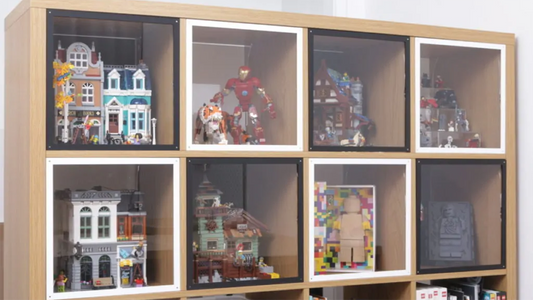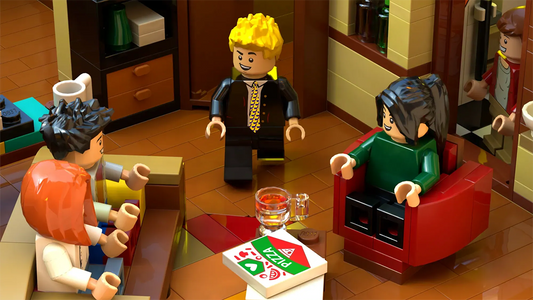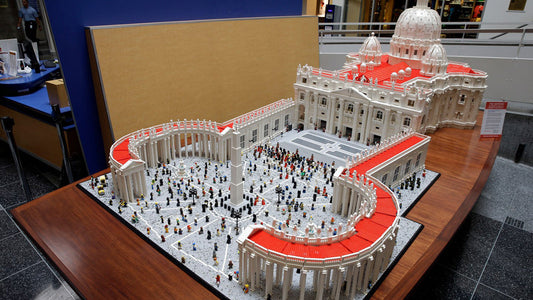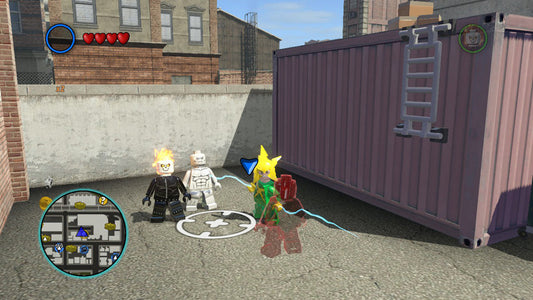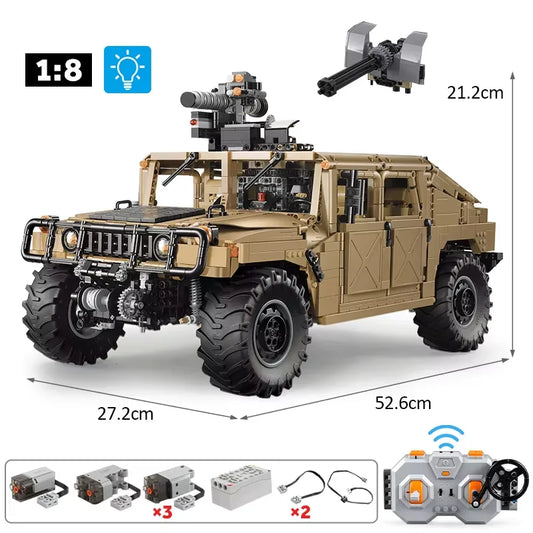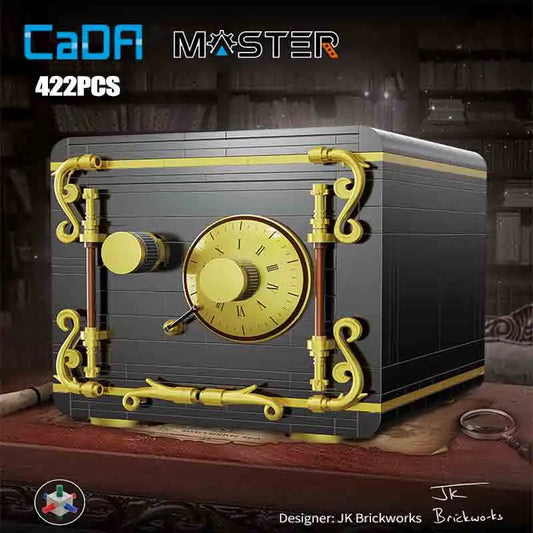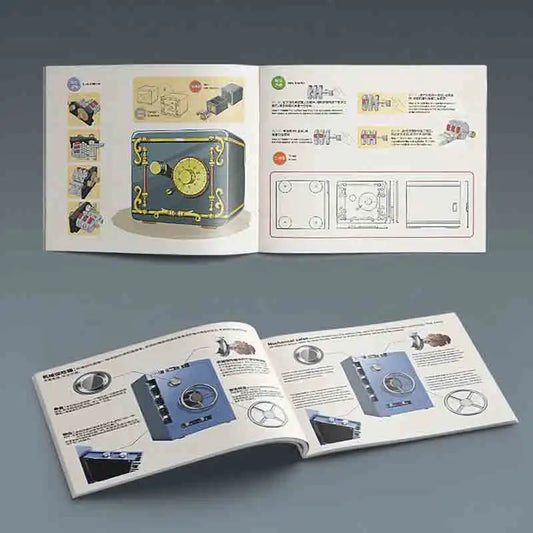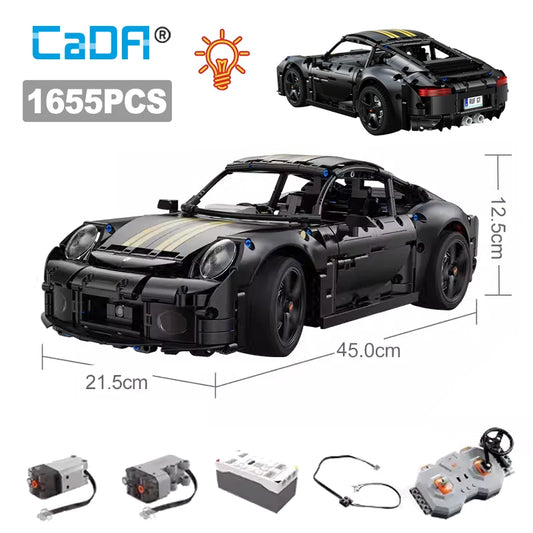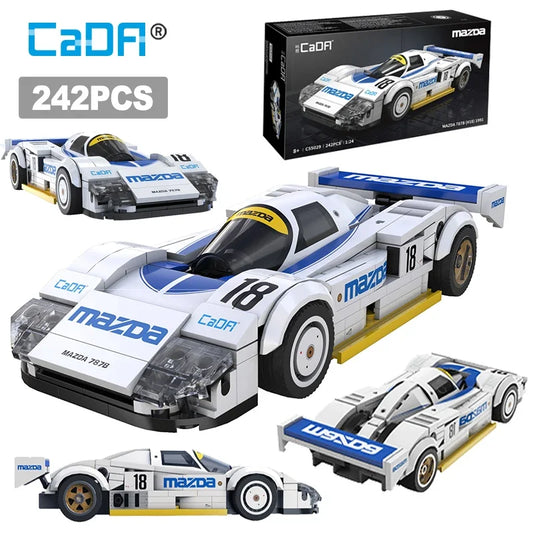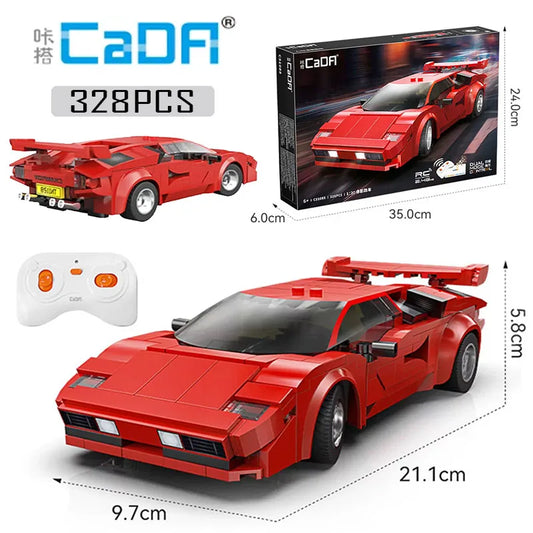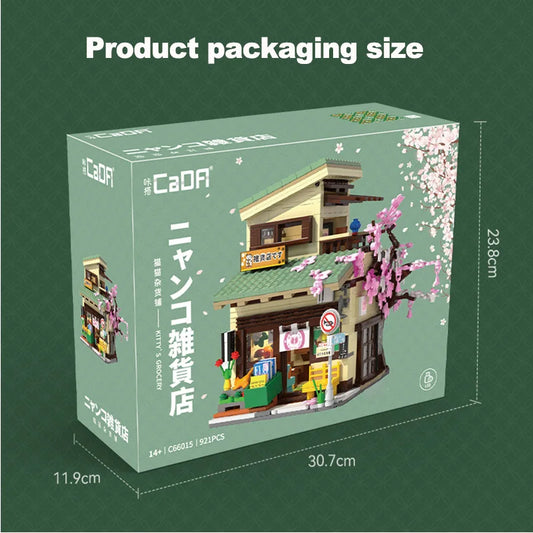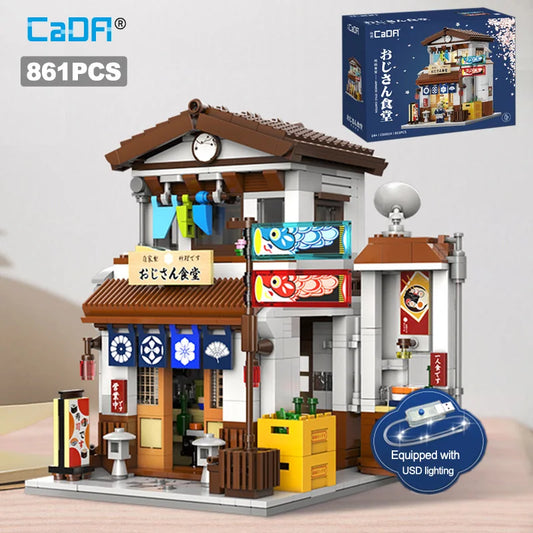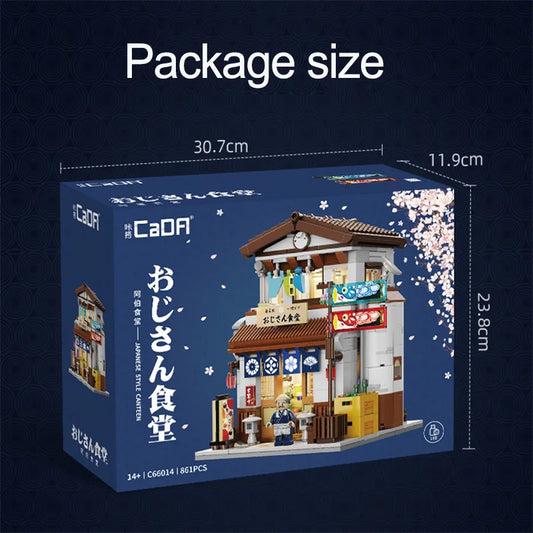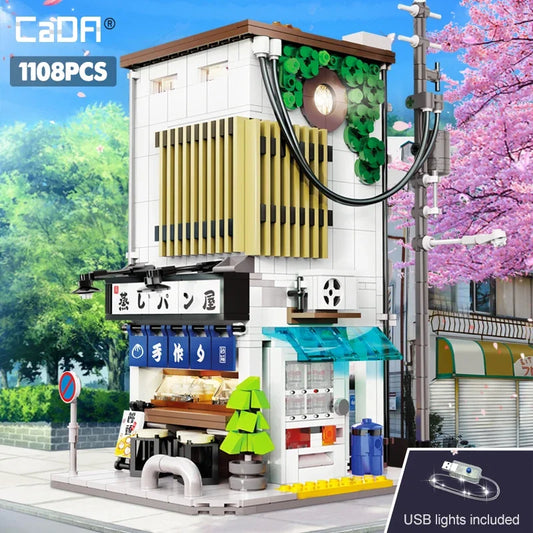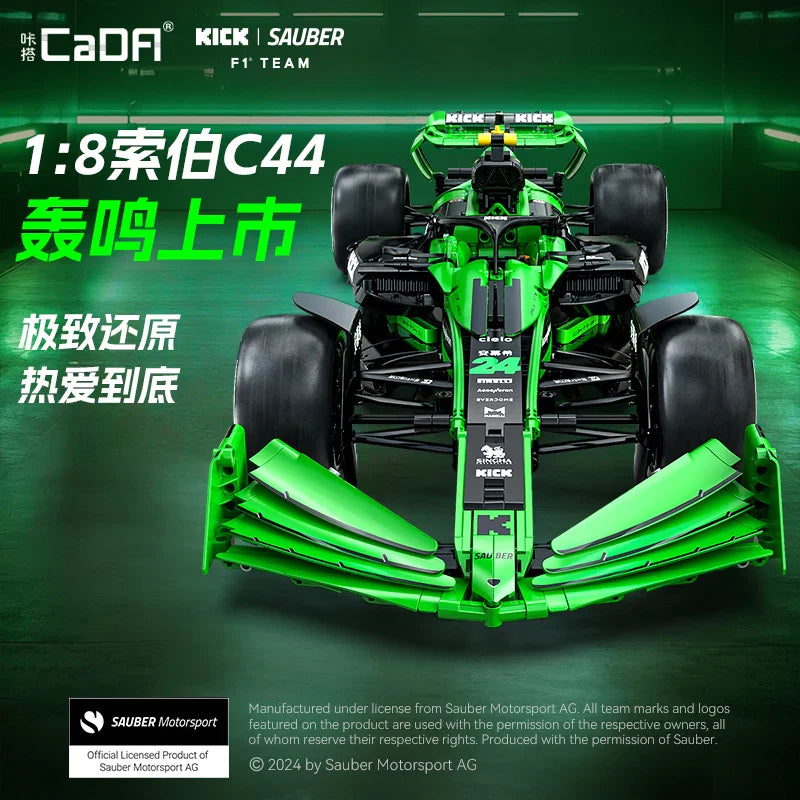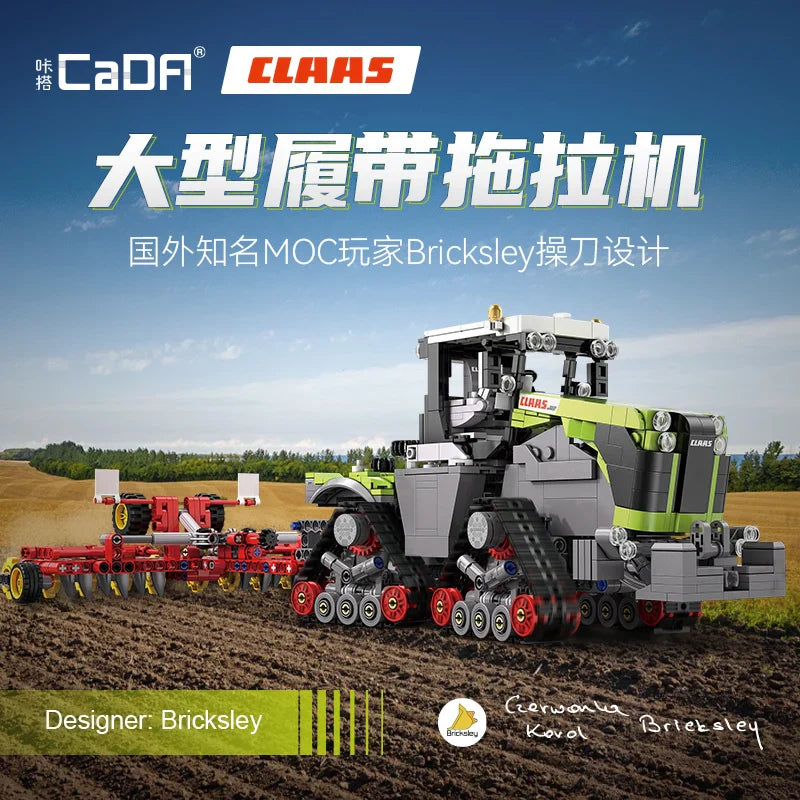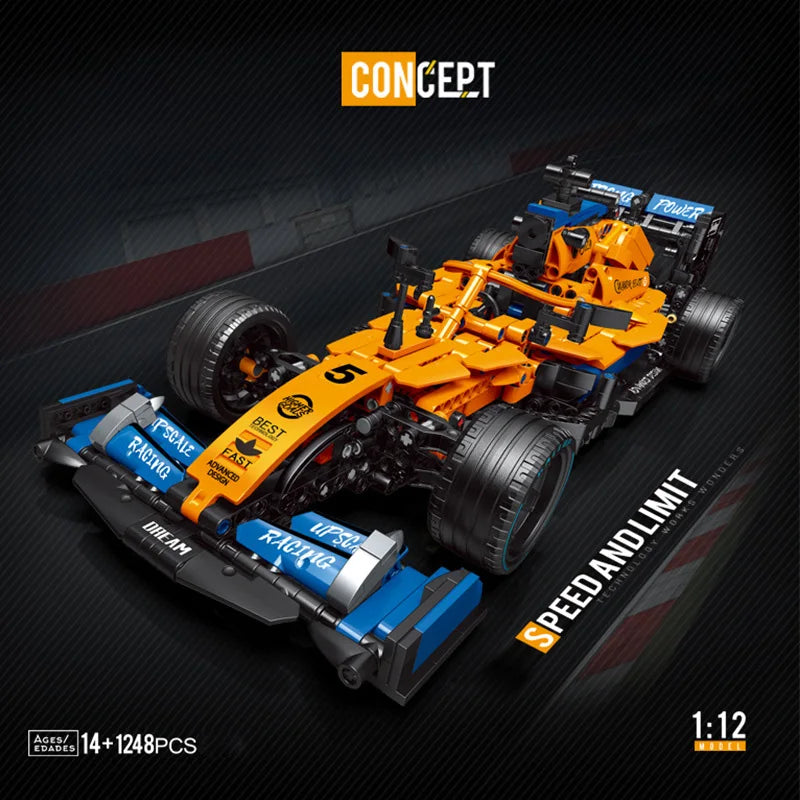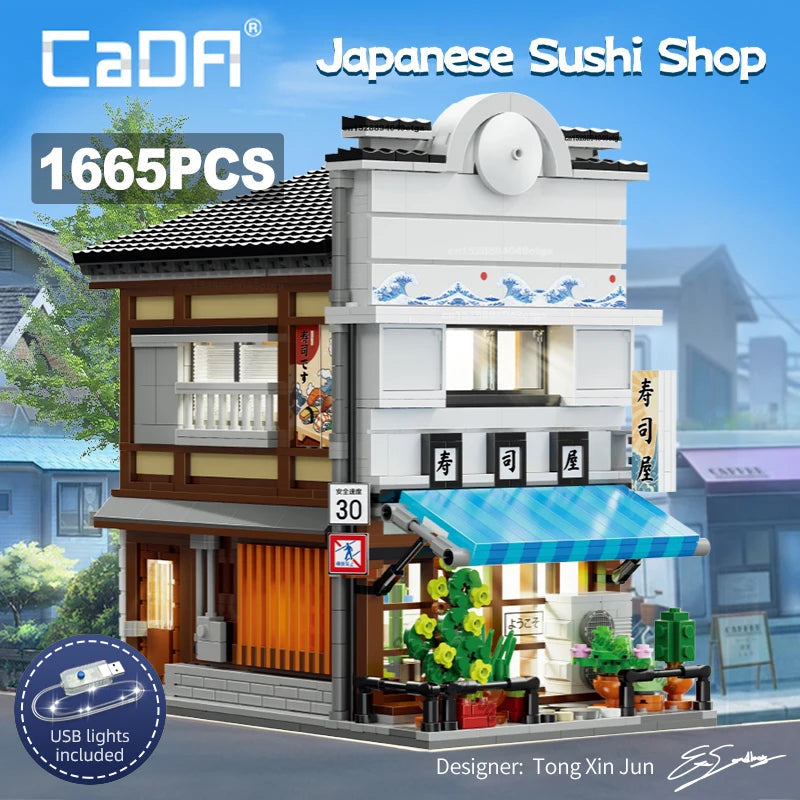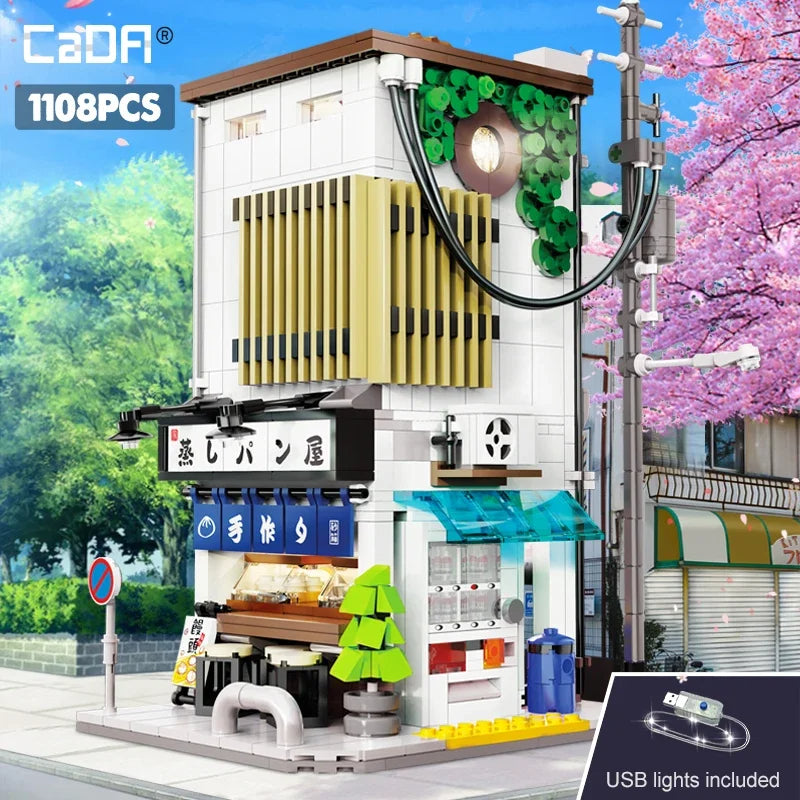History of the LEGO Group 2025

Share
From its humble beginnings as a small Danish woodworking shop to becoming the world's most beloved toy manufacturer, the LEGO Group has a rich and fascinating history that reflects innovation, resilience, and creativity. As a reporter with deep research into the company's journey, I aim to take you on a comprehensive exploration of how LEGO has carved its unique place in the hearts of millions across the globe. This post will cover early origins, key milestones, product innovations, major expansions, setbacks, and the company's renaissance in recent decades, all underpinned by strong expertise and reliable facts. Whether you’re a LEGO enthusiast, parent, educator, or curious learner, you’ll gain valuable insight into the pioneering spirit and legacy of the LEGO Group.
A Legacy Built to Play Well: The Origins and Early Years
The story of LEGO begins in 1932 with Ole Kirk Christiansen, a Danish carpenter based in Billund, Denmark, who initially ran a small woodworking shop. Facing the economic challenges of the Great Depression, Christiansen shifted his focus from furniture to wooden toys such as cars, airplanes, and yoyos. By 1934, he coined the name "LEGO", derived from the Danish phrase "leg godt," meaning "play well", signaling his commitment to fostering imaginative play among children.
In 1947, in a visionary move, Christiansen invested in Denmark’s first plastic injection molding machine, inspired by early plastic building bricks invented by British toy maker Hilary Fisher Page. This marked LEGO’s shift from wooden toys to plastic. By 1949, the company produced its first Automatic Binding Bricks, the precursors to today’s iconic LEGO bricks.
The Evolution of the Iconic LEGO Brick
A milestone came in 1958 when LEGO patented the modern stud-and-tube coupling system that provides the bricks’ famous versatility and sturdiness. This innovation allowed bricks to interlock securely yet remain easily separable, laying the foundation for a building system rather than just a toy product. That same year, Ole Kirk Christiansen passed away, and leadership passed to his son Godtfred Kirk Christiansen, who further propelled the company's growth and product development.
1958 also saw the introduction of the LEGO wheel (1961), windows and doors (1954), and the first recognized train system (1966). The LEGO Group formalized this as a unified System of Play, which helped sets become increasingly sophisticated, encouraging creativity and storytelling through construction.
Expansion and Innovation: 1970s to 1990s
The 1970s marked a period of global expansion and diversification for LEGO. The company grew to over 1,000 employees by 1970 and launched the LEGO Minifigure in 1978 — a pivotal moment that added a new dimension to play by allowing children to customize characters within their builds. The popular Technic line arrived in 1977, catering to older kids with more complex, mechanical builds.
The opening of Legoland Billund in 1968 also signified LEGO’s move beyond toys into experiences. In the 1980s and 1990s, the product range expanded with themed LEGO sets such as LEGO Castle, LEGO Pirates, and licensed product lines like LEGO Star Wars (introduced 1999). These developments broadened LEGO’s appeal while maintaining its educational and creative core values.
Challenges and Recovery in the 2000s
Despite steady growth, LEGO faced a decline in the late 1990s and early 2000s due to market competition and strategic missteps. However, in a remarkable turnaround starting around 2004–2005, the company refocused on its core building philosophy, cutting costs, and emphasizing innovation in design and licensing partnerships with major franchises. The success of The LEGO Movie (2014) revitalized the brand’s cultural relevance globally. New product lines like LEGO Mindstorms (robotics kits) and continued expansion of educational products reinforce LEGO's mission to blend fun with learning.
LEGO Today and the Future
Today, the LEGO Group employs over 24,000 people worldwide and continues to innovate with new sets such as LEGO Dots and inclusive products like LEGO Braille Bricks introduced in 2020. It remains a privately held company led by CEO Niels B. Christiansen, part of the same family lineage as the founder.
The company's influence transcends toys alone, including theme parks, video games, movies, and educational initiatives, solidifying LEGO not just as a product but as a global cultural phenomenon.



